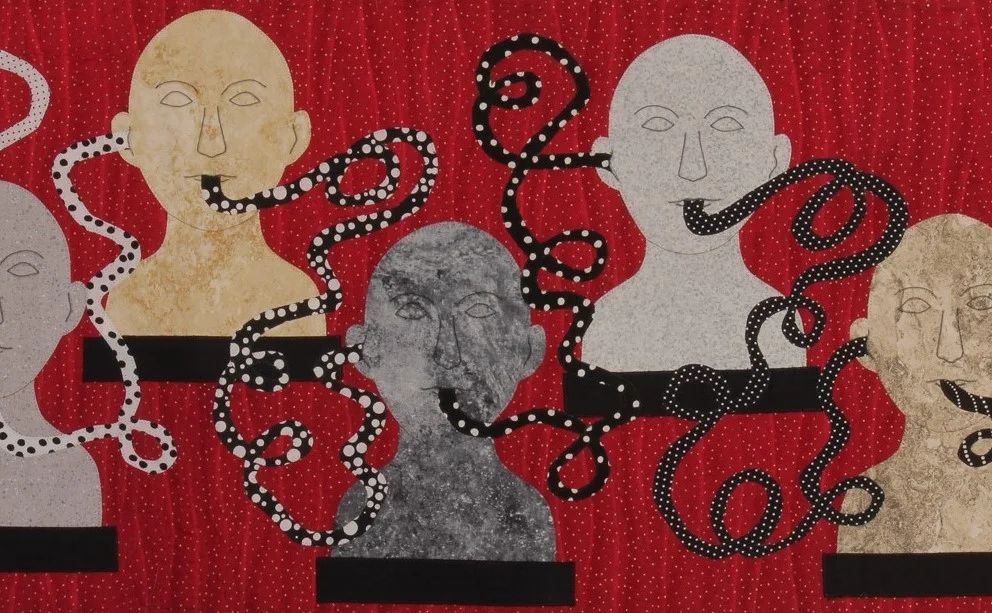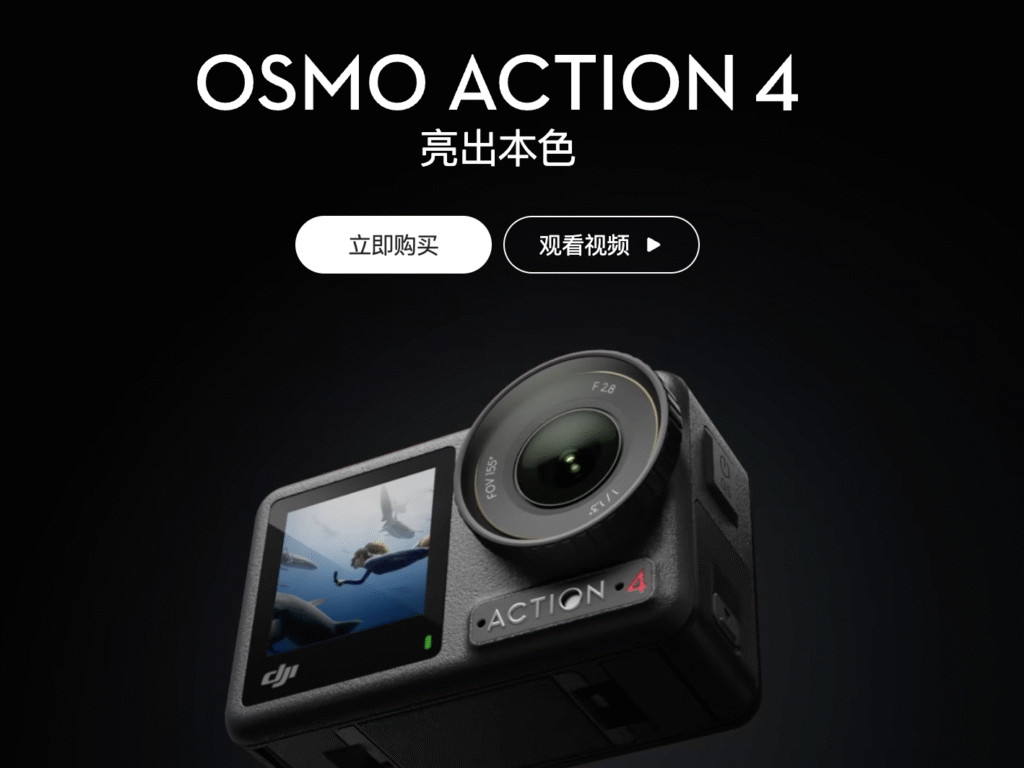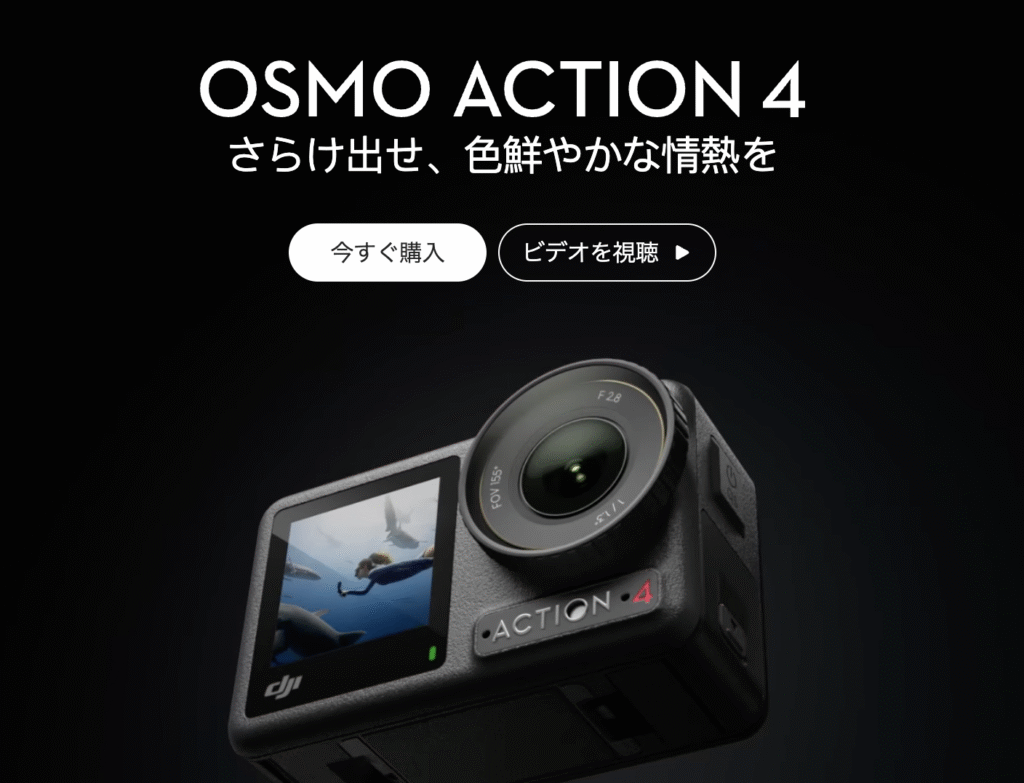I’ve worked with multicultural teams—and especially with Chinese companies—for over a decade, so I understand both the challenges and the creative opportunities that come from bridging cultures.

This dynamic was especially vivid at DJI. Often, marketing messages and even product taglines were developed fully in Chinese before being handed over for “Western” adaptation. While simple or universal ideas usually translated cleanly, many others didn’t quite land the same way—or required thoughtful, hands-on localization to preserve their intent and emotional impact.
One example that stands out is the DJI Action 4, an advanced action camera.
By the time I joined the project, the Chinese tagline was already finalized as 亮出本色 (liàng chū běn sè)—literally, “Show your true colors.”
- 亮 (liàng) – to shine, to display
- 出 (chū) – to bring out, to reveal
- 本色 (běn sè) – true colors, true nature, authentic character
It’s a brilliant line in Chinese, carrying a double meaning:
- Express your true self and individuality.
- Capture your world in vivid, lifelike color.

However, a direct English translation like “Show your true colors” felt flat and risked unintended connotations (“He really showed his true colors when he ran away…”). It also lacked the bold, high-energy tone expected from an action-camera brand.
I wanted something that kept the spirit of authenticity and color, but with more attitude and impact. After several rounds, I proposed “Set the Tone.”

The phrase means to establish the mood or trajectory (“He set the tone on day one”), yet also nods subtly to color tones—a fitting bridge between emotion, storytelling, and image quality.
After walking the PM and IMC through the reasoning, Set the Tone was approved as the global English tagline. Then came the reverse challenge: explaining the original Chinese concept and the English version to translators so they could localize it authentically for their regions.
For instance, the Spanish version became “Sube el tono” (“Raise the tone”), something strikingly close to the English version, while the Japanese team created something closer to the Chinese original:
さらけ出せ、色鮮やかな情熱を (sarake-dase, iro-azayaka-na jōnetsu o)
→ “Reveal your vivid passion” or “Show your true colors.”

This single example reflects what happens behind the scenes in cross-cultural marketing. Each translation is a small act of reinterpretation—balancing brand voice, cultural nuance, and emotional resonance. And it’s why true localization requires not just fluency, but a shared creative understanding across every team involved.